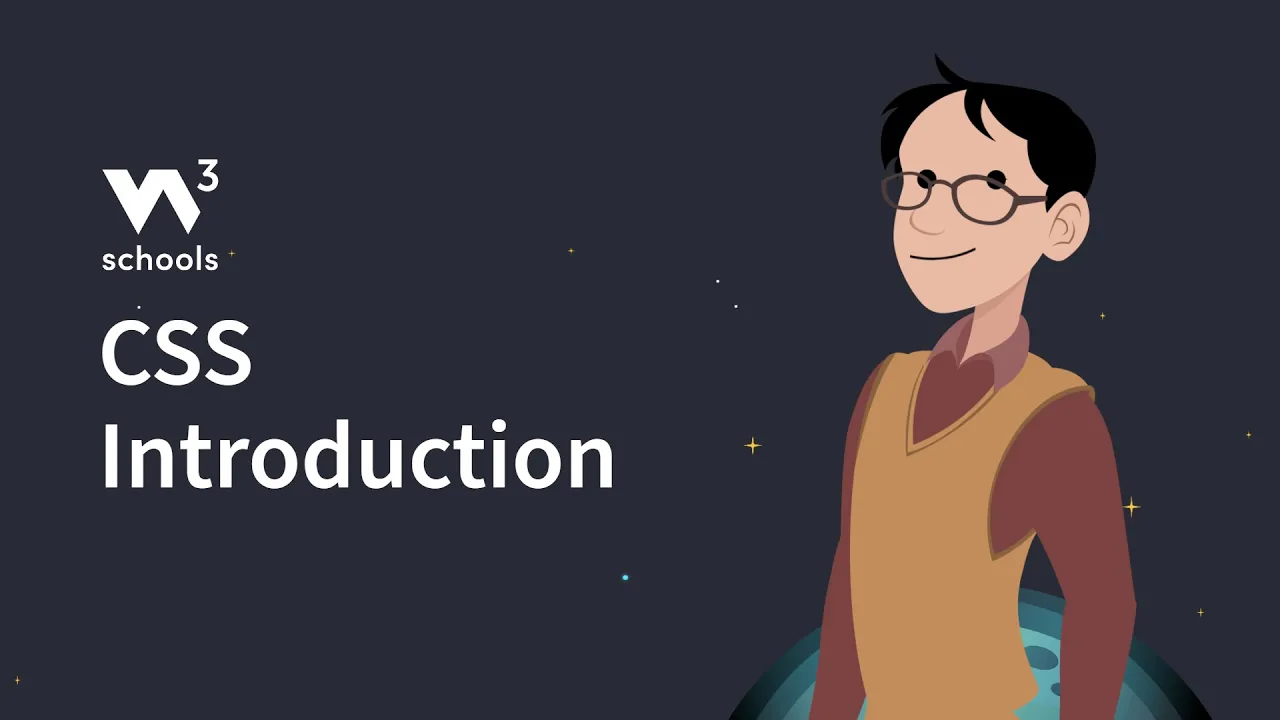CSS Introduction
What is CSS?
CSS is the language we use to style a Web page.
- CSS stands for Cascading Style Sheets
- CSS describes how HTML elements are to be displayed on screen, paper, or in other media
- CSS saves a lot of work. It can control the layout of multiple web pages all at once
- External stylesheets are stored in CSS files
CSS Demo - One HTML Page - Multiple Styles!
Here we will show one HTML page displayed with four different stylesheets. Click on the "Stylesheet 1", "Stylesheet 2", "Stylesheet 3", "Stylesheet 4" links below to see the different styles:
Why Use CSS?
CSS is used to define styles for your web pages, including the design, layout and variations in display for different devices and screen sizes.
CSS Example
body
{
background-color: lightblue;
}
h1
{
color: white;
text-align: center;
}
p
{
font-family: verdana;
font-size: 20px;
}
Try it Yourself »CSS Saves a Lot of Work!
The CSS definitions are normally saved in an external .css file.
With an external stylesheet file, you can change the look of an entire website by changing just one file!



